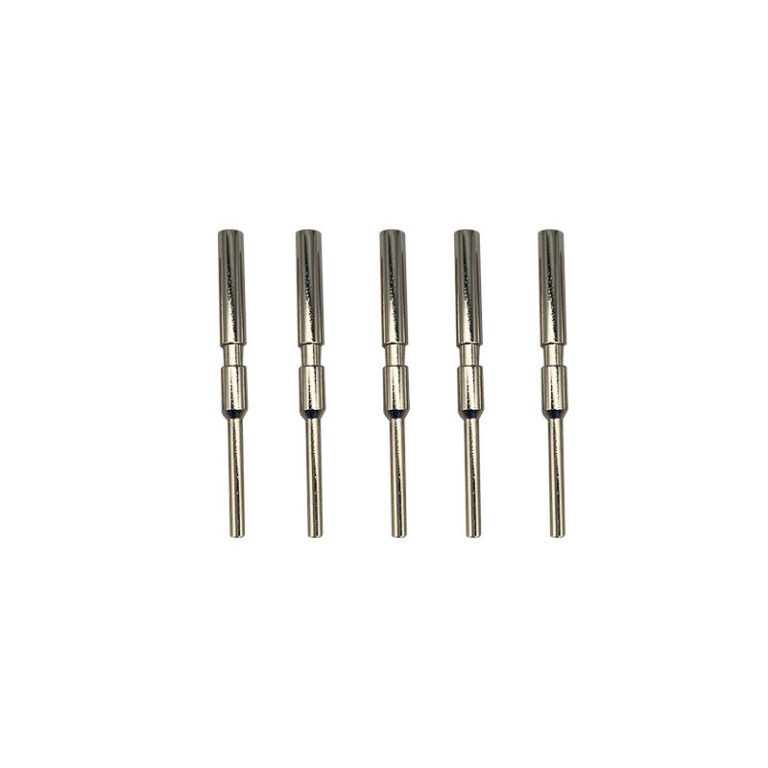What is Inconel 625?
Inconel 625 is an alloy of nickel, chromium and molybdenum. It is known for its strength and corrosion resistance, which makes it ideal for use in corrosive environments or high temperature applications. It also has excellent weldability and formability, making it ideal for manufacturing into different shapes. These qualities make it a popular material for exhaust systems, gas turbines and rocket engines. Inconel 625 is a Ni-cr-Mo alloy with niobium added. The composition of the alloy has excellent water corrosion resistance, high strength and good weldability. Inconel 625 can be used in a variety of applications, including chemical processing, aerospace engineering and Marine engineering.
What is Monel 400?
Monel 400 is a nickel and copper alloy that provides excellent corrosion resistance in a variety of industrial environments. It also has good machinability and weldability characteristics, making it easy to shape into the desired shape. The metal is commonly used in chemical processing equipment such as storage tanks, valves, pumps, piping systems, oil RIGS, heat exchangers, offshore RIGS, nuclear reactors, and pressure vessels. Monel 400 is a nickel-copper alloy with added iron and manganese. The composition of the alloy has excellent corrosion resistance in both fresh and saltwater environments. The Monel 400 can be used in a variety of applications, including chemical processing, Marine engineering and food processing.
Main difference
Characteristic
The main difference between Inconel 625 and Monel 400 is their composition; Although both are nickel alloys, other elements have been added to enhance their properties (Inconel 625 is chromium; Monel 400 is copper), but the proportions of these elements vary greatly between the two metals. So they have different advantages; Compared to the Monel 400, the Inconel 625 has higher strength at high temperatures, which may be an advantage depending on your application requirements. In addition, Monel 400 has higher corrosion resistance compared to Inconel 625, making it more suitable for use in corrosive environments such as salt water or acidic solutions.
Production
The main difference between Inconel 625 and Monel 400 is their composition. Inconel 625 contains chromium and molybdenum, while Monel 400 does not. This gives the Inconel 625 better corrosion resistance than the Monel 400. In addition, the niobium added to Inconel 625 makes it stronger than Monel 400.
Application
The different compositions of Inconel 625 and Monel 400 also lead to different ideal applications for each alloy. The Inconel 625 is best suited for applications that require good weldability and corrosion resistance, while the Monel 400 is best suited for applications that require good corrosion resistance in fresh and saltwater environments.
Price
Another difference between the Inconel 625 and the Monel 400 is the price. Due to the high nickel content and the addition of chromium and molybdenum, Inconel 625 is generally more expensive than Monel 400. However, the price difference between the two alloys may vary, depending on the specific application and supplier.
Conclusion
In conclusion, when choosing between Inconel 625 and Monal 400, you must carefully consider your application requirements, as each metal has its own unique characteristics that may play to your advantage depending on your needs. Both metals have excellent strength and corrosion resistance, but their composition is slightly different, which can affect their performance in a variety of environments or applications. Ultimately, you must decide which metal is best for your needs based on your application requirements; By doing so, you can ensure that you get the most out of both metals while taking advantage of their respective strengths and weaknesses!





